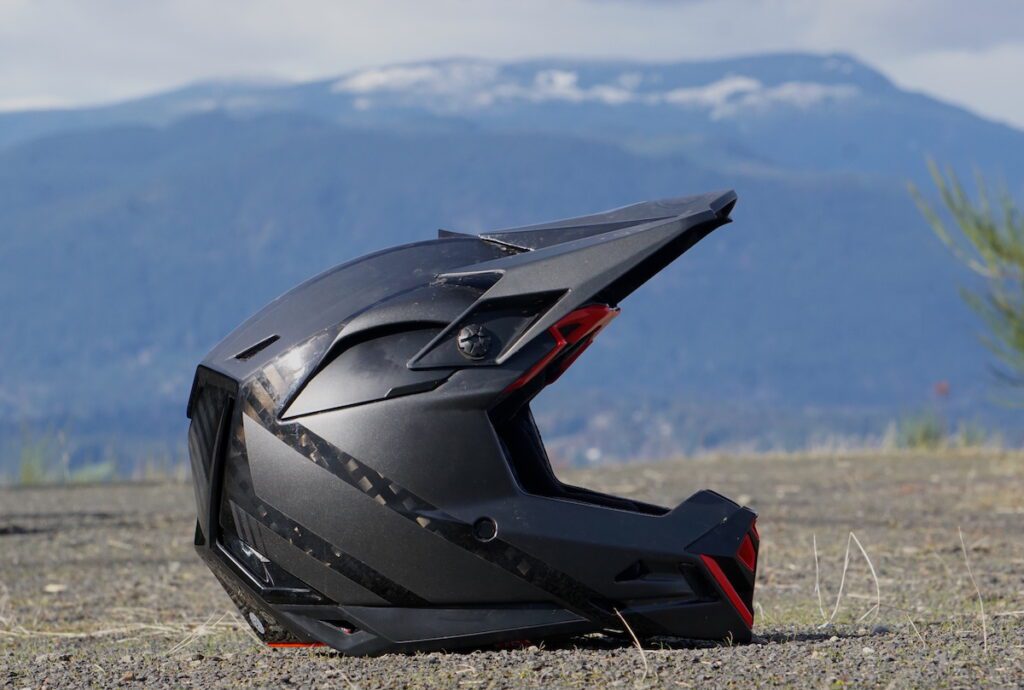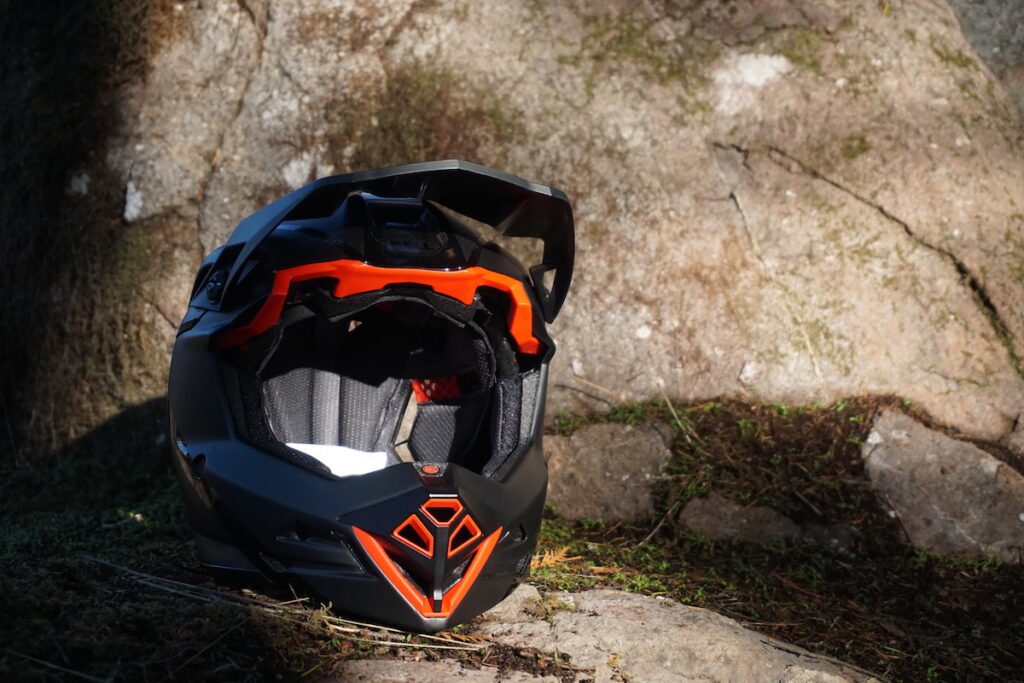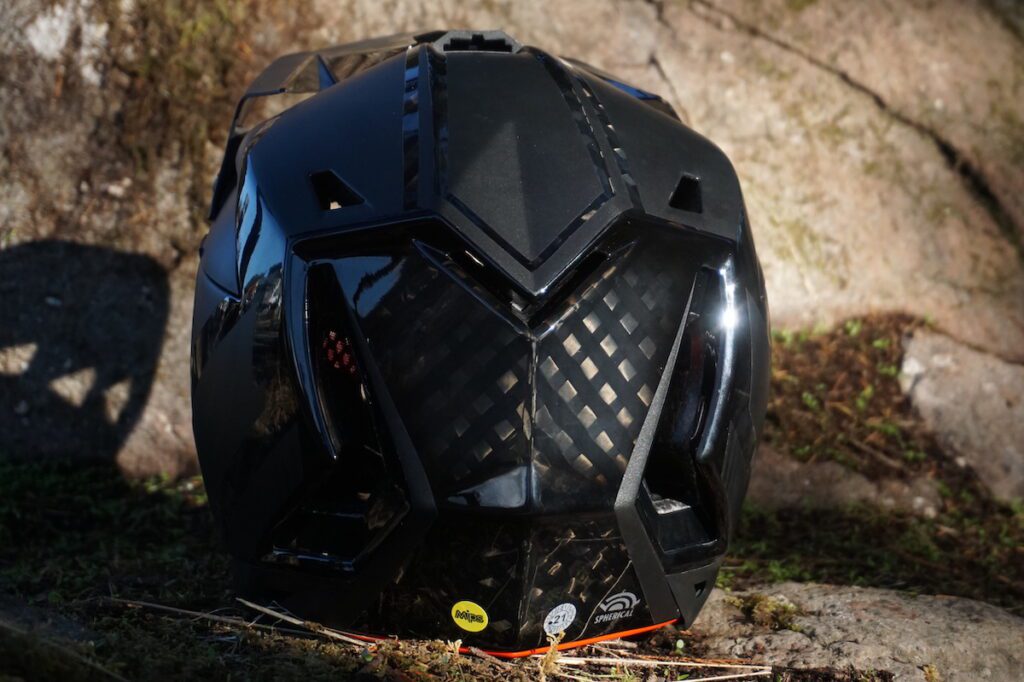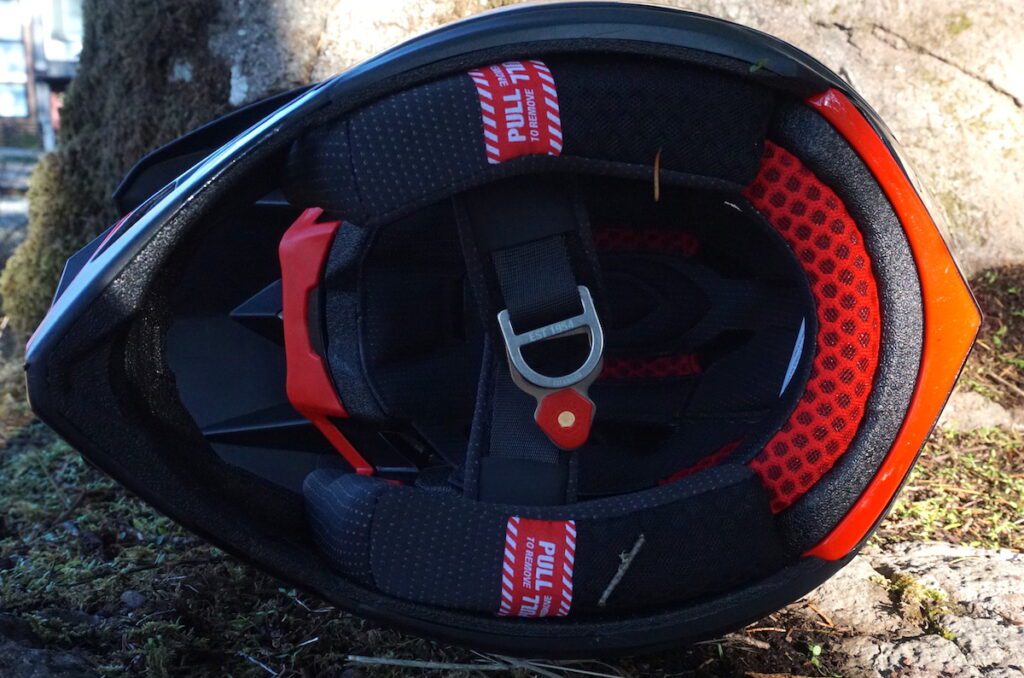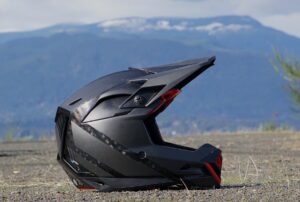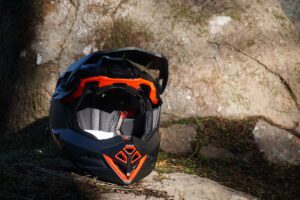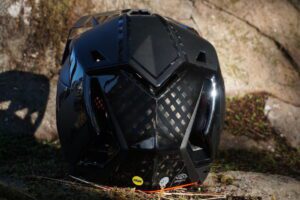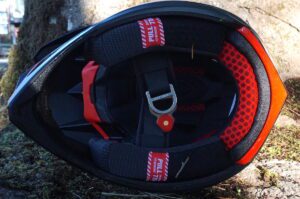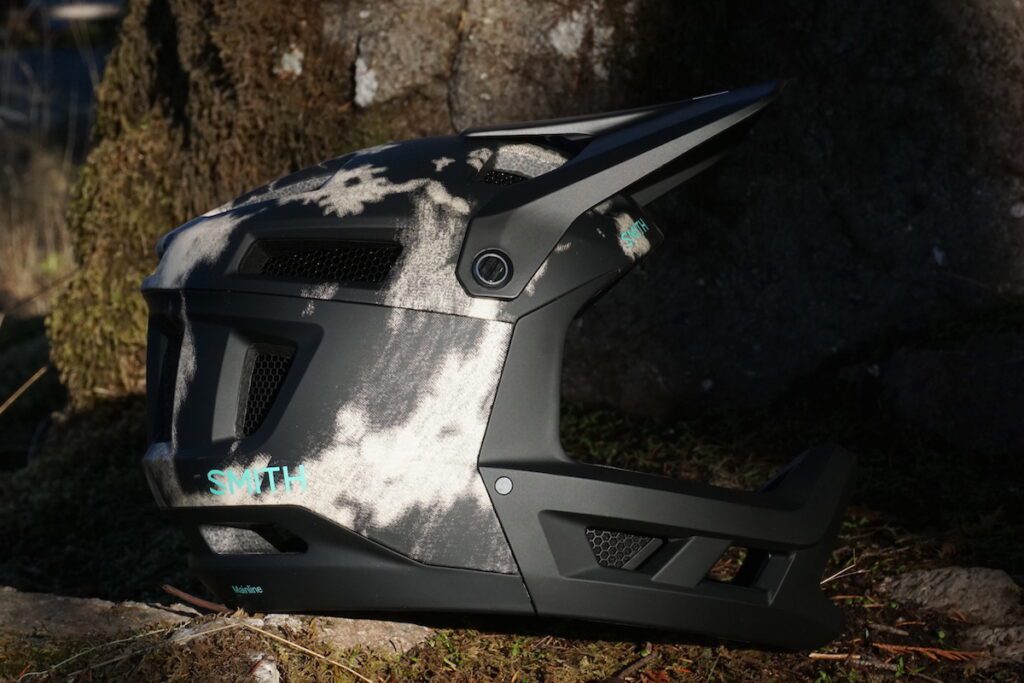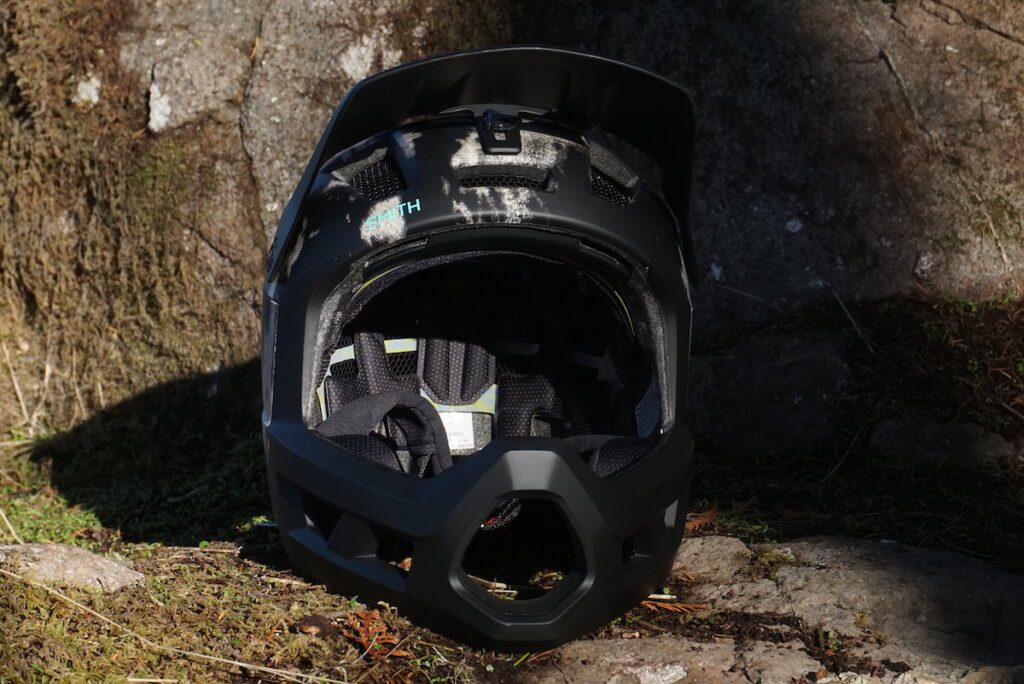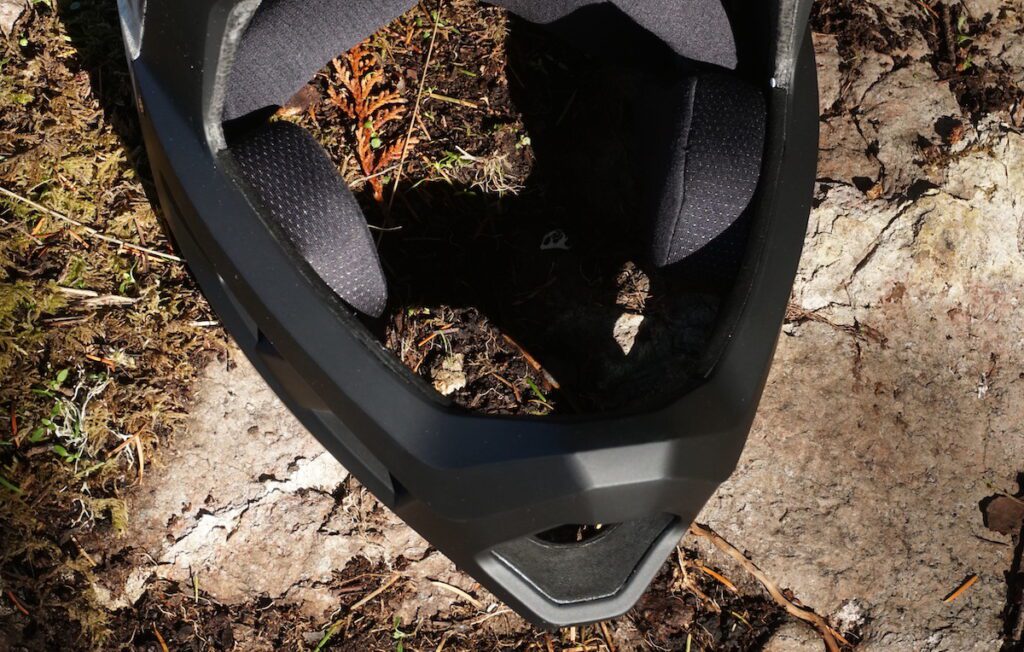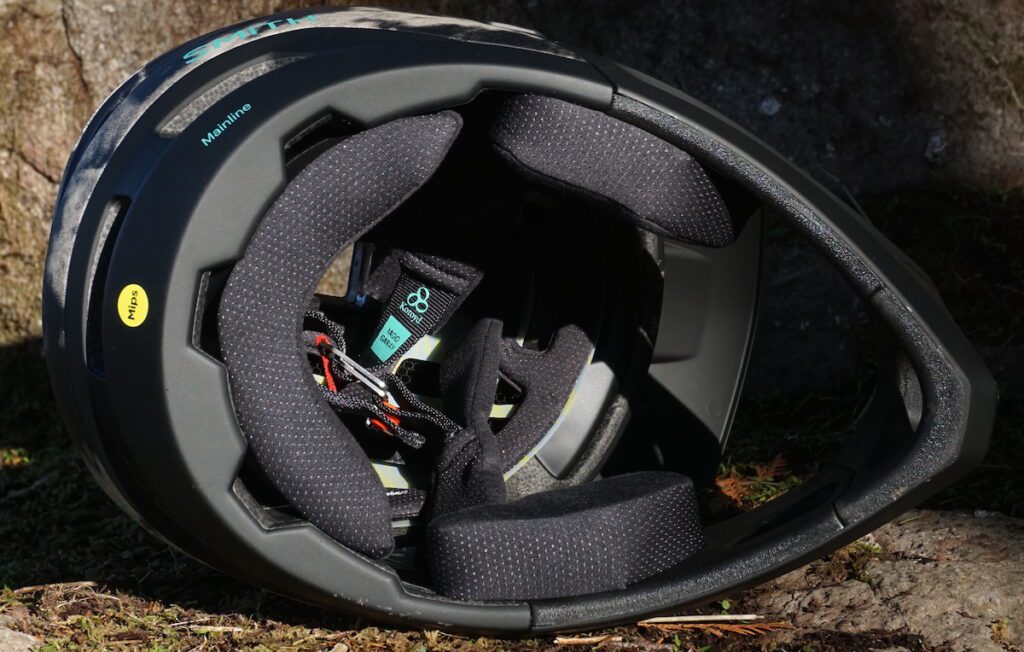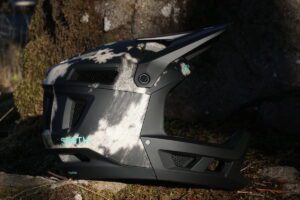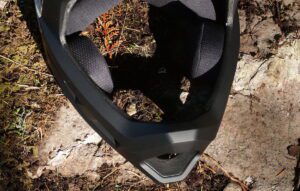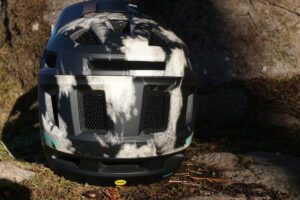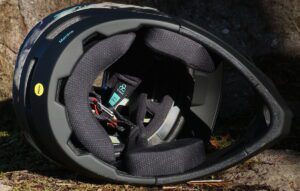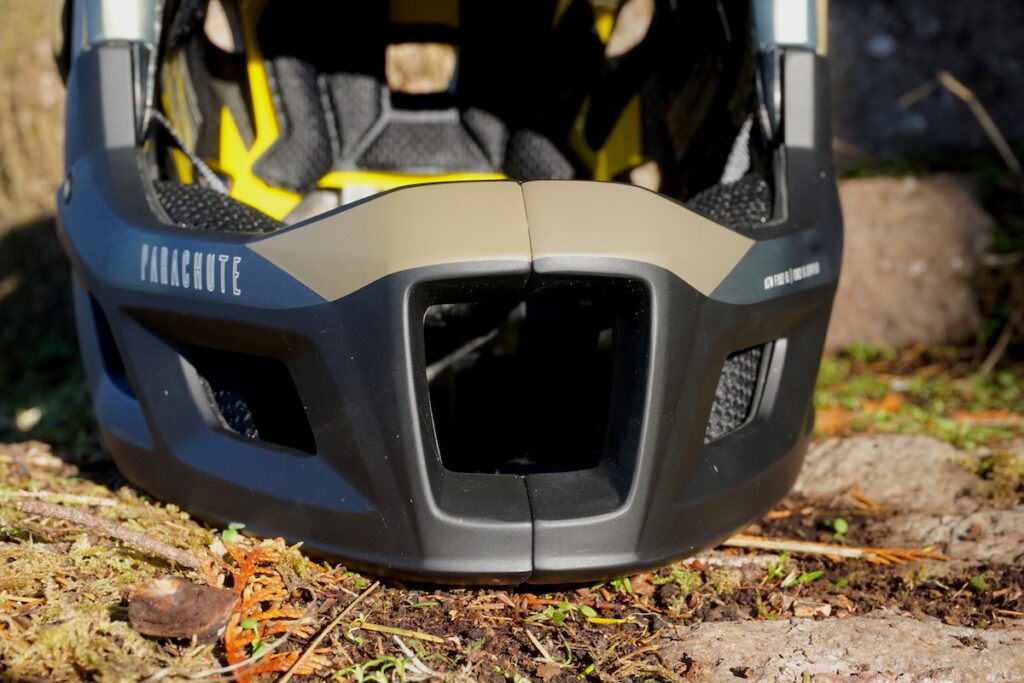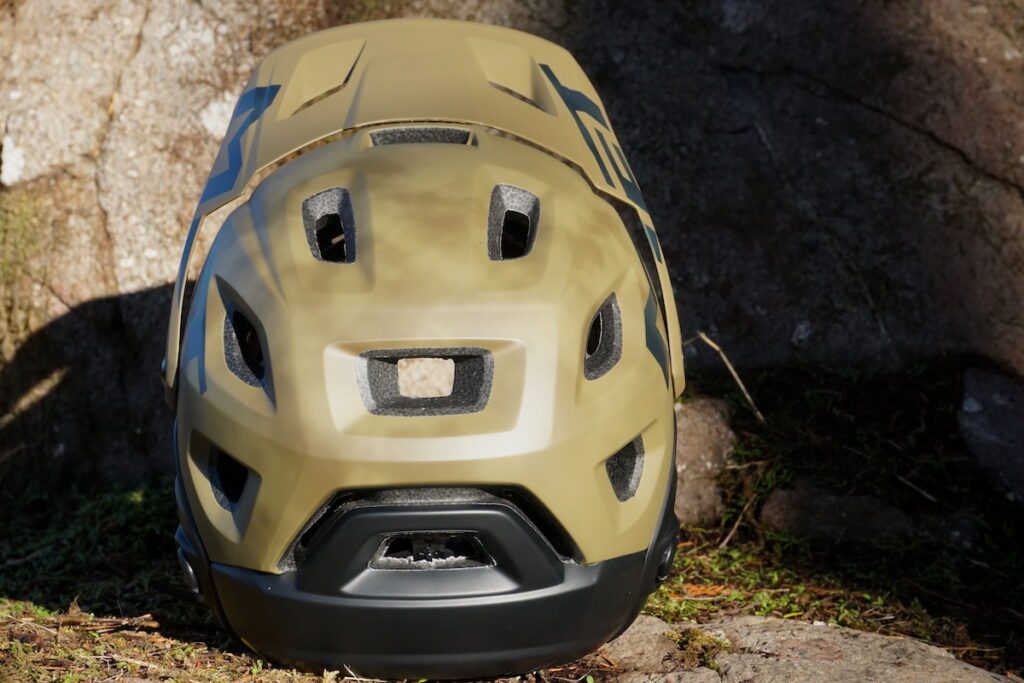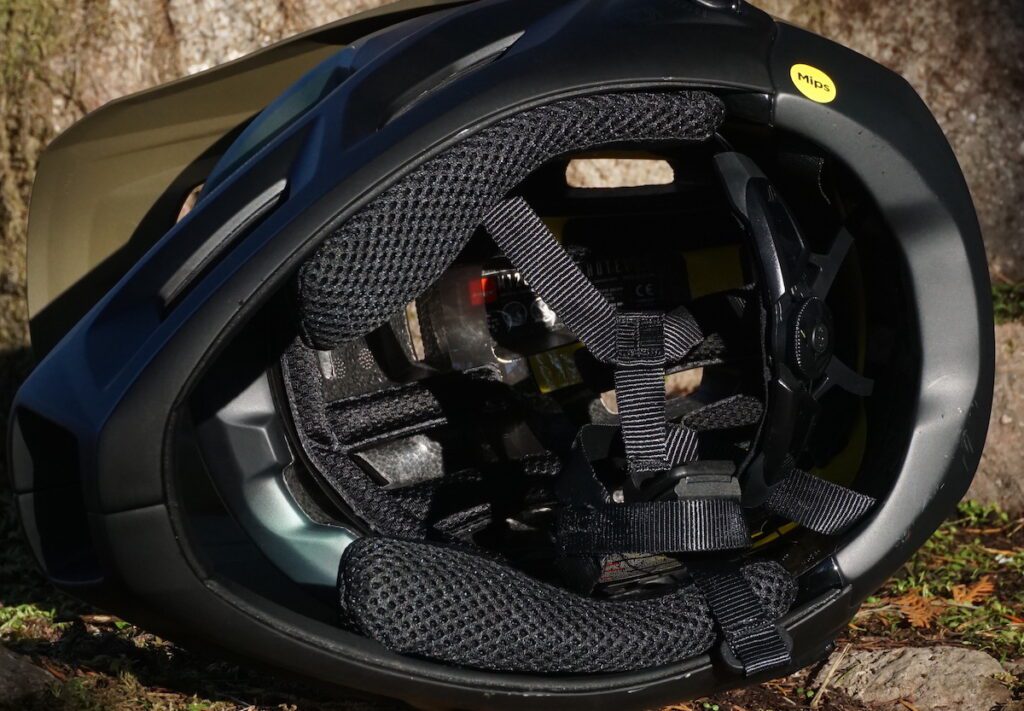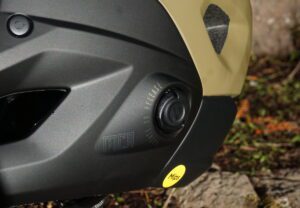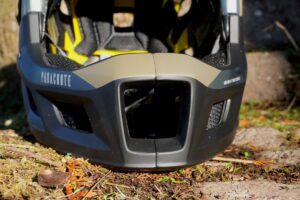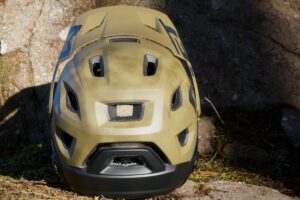Three full-face helmets for different types of riding
Comparing DH, lightweight enduro and convertible full-face helmets
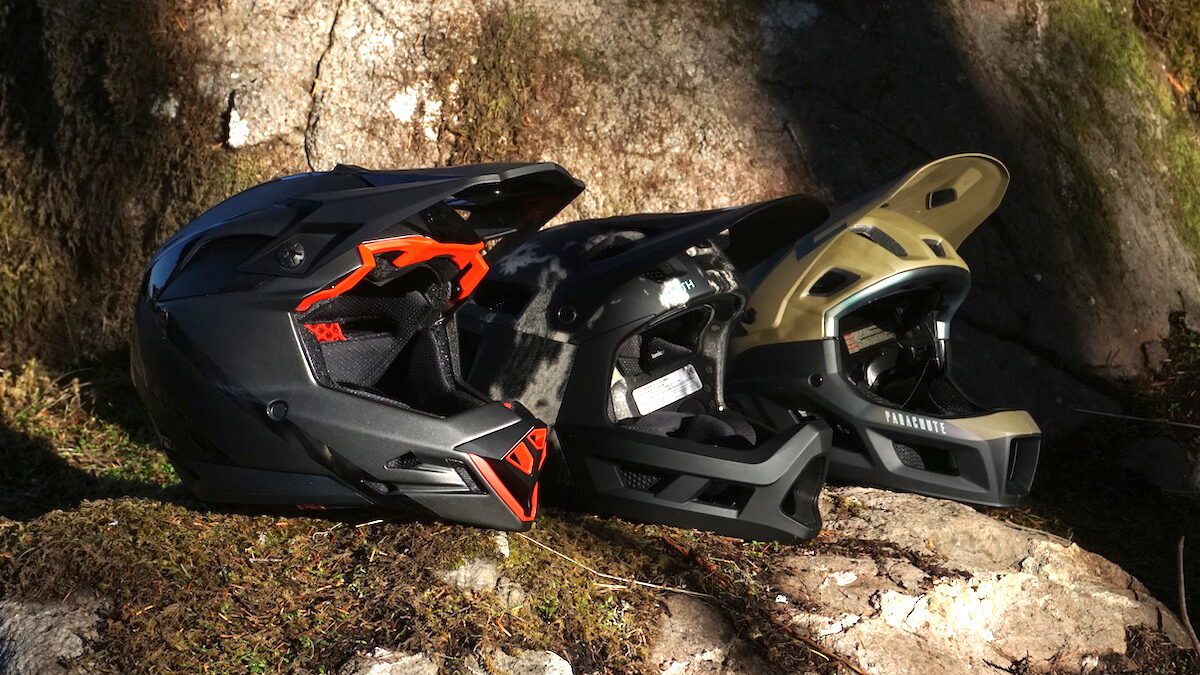
Full-face helmets aren’t just for downhill racing and bike parks anymore. Enduro racers, or anyone riding long-travel trail bikes, are often pushing hard enough to justify adding extra weight for to get more protection. Electric mountain bikes are also increasingly seeing riders pull on a full-face, either lightweight or convertible, too. Since the bike’s doing a good portion of the work, why not?
Here are three full-face helmets and how they compare. One is designed for downhill, one as a lightweight enduro full-face and one a convertible trail/enduro design.
RELATED: What helmet do you need for mountain biking?
The DH helmet: Bell Full-10 Spherical
Bell waited nearly a decade to release the follow-up to its successful Full-9 helmet. The wait paid off. Borrowing from its Full-10 Moto helmet, the Full-10 uses innovative ventilation and safety features, including MIPS Spherical to create a premium-level full-face helmet. Designed for the rigors and speeds of downhill, the Full-10 delivers safety at a competitive weight right on the verge of breaking 1,000 grams (size medium, claimed. 1,023g size large, actual). It also comes with a premium price, even compared to other DH helmets, but with the performance, construction and comfort to back that up. Five sizes of pads, from 30mm-50mm widths, help dial in fit.
The Full-10 isn’t the lightest on this list, but it does feel the most solid, both in construction and fit. With a carbon fibre shell and robust chin bar, it is at home on any downhill course. Bell also steps up the quality of construction, including the magnetic cheek pads. While not as breezy around the chin, it is competitive with both lighter helmets for ventilation through the main shell. The panoramic goggle port fits a wide range of goggles easily, including larger frames.
Bell offers the Full-10 for $800 (USD 600) in four sizes and four colour options.
Full review: Bell Full-10 Spherical
The Enduro helmet: Smith Mainline
The Mainline is Smith’s first full-face mountain bike helmet, designed with input from the Rocky Mountain Race Face enduro team. It’s downhill certified but designed for enduro with very open venting, especially on the chin bar, to maximize ventilation and breathability. Smith employs Koroyd and a Mips liner to deliver safety at a light weight. Three sets of pads help dial in fit. With the Mainline needing to perform uphill as well as down, Smith gets the weight down to 770g (size medium, claimed. Our large test helmet weighed 885g)
Wide-open venting on the chin bar gives the Mainline far more breathing room, especially during harder efforts and climbing. Airflow through the main shell isn’t as effective as the Full-10, but it’s also not bad. Designed to work with Smith’s own Squad and Squad XL goggles, the Mainline fits large goggles comfortably. The Mainline doesn’t feel quite as solid as the Full-10, but is surely sturdy enough for enduro racing and is significantly lighter.
Smith offers the Mainline for $400(USD 310) in three sizes and a wide range of colours.
The convertible: MET Parachute MCR
MET puts the Parachute MCR forward as the best of both worlds. Full-face protection when you need it, half-shell helmet weight and breathability when you want something lighter. The Italian brand achieves that by using its MCR (Magnetic Chin bar Release) design. MET worked with Fidlock to create an attachment system that is quick to use but also securely holds the Parachute’s chin bar in place. MET also nails the details on this convertible design, with smooth edges to the half-shell where it meets the chin bar and a solid feel to the attachment piece.
This design does require other accommodations, like the use of a Boa fit system so that the Parachute can effectively be used as a half-shell. MET also sends the Parachute MCR out with two sets of pads. A Mips liner makes sure the Parachute MCR protects your brain in both modes but MET does limit its certification to enduro (ASTM 1952-15/2032-15) instead of seeking full downhill certification.
MET’s convertible Parachute MCR is well made, reasonably light and the MCR system is easy to use. The Parachute doesn’t breathe as well as I’d expected for a helmet designed for a mix of trail and enduro riding, though. The chin pads didn’t let as much air in but the main shell was also less breathable. It also didn’t fit large goggles as well as either other helmets, leading to some fogging. The Boa fit system made it easy to get the Parachute sized perfectly, but it doesn’t hold it in place as well as either fixed-bar helmet, while riding or trying to move it around with my hands. Still, MET gets points for excellent construction, its easy MCR system and for versatility.
MET sells the Parachute MCR for $490 (USD 380) in three sizes and an array of colours.
Full review: MET Parachute MCR
